Envisioning Climate Resilience
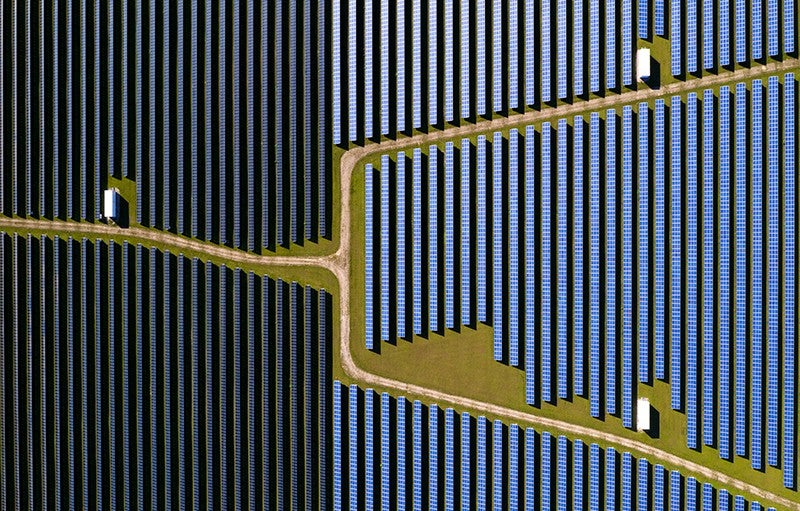
Land and water policy can shape the built and natural environment to reduce the extent of climate change and help communities and natural systems withstand the impacts of a changing climate. The Lincoln Institute is advancing good planning practices to address these challenges and aspires to foster climate justice as a key element of this work. We reached out to people across our global network to ask them this question: If you could implement one land-based solution during 2021 that would have a meaningful impact on climate change, what would it be?
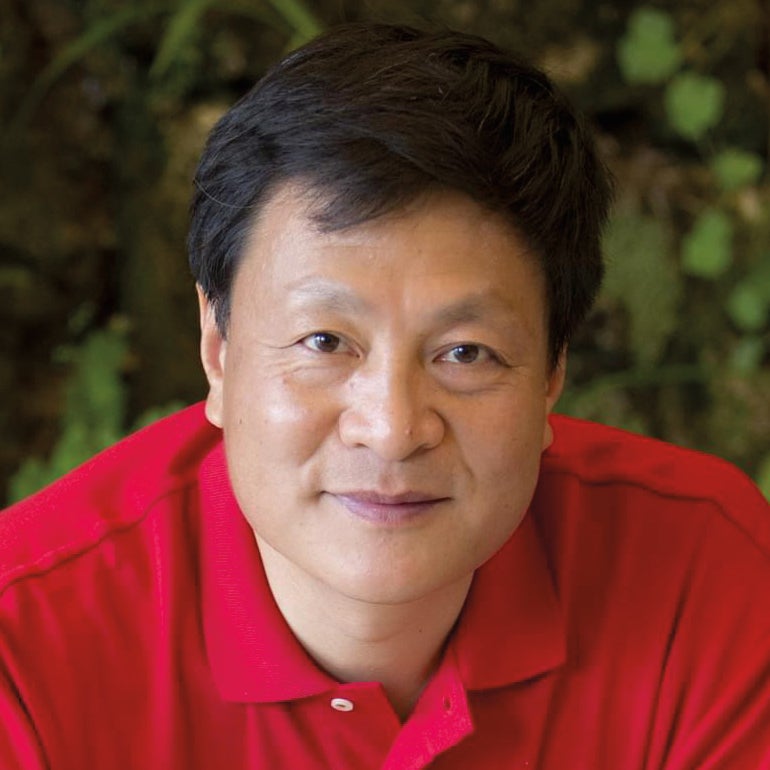
Kongjian Yu
Founder and President, Turenscape
Contributor, Nature and Cities
The most effective and holistic solution to climate change is “sponge lands.” Expanding on the concept of “sponge cities,” which uses green infrastructure to absorb stormwater and combat pollution in urban areas, this land-based solution can retain rainwater at the source, slow the water in the course of its flow, and be used adaptively at its outlets (rivers, lakes, and oceans). This is completely opposite to the conventional engineering solutions widely used across the globe, particularly in developing countries in the monsoon climate: damming rivers to create big reservoirs, channelizing water using concrete flood walls, building concrete drainage in the city, and pumping water out. Gray infrastructure consumes huge amounts of cement, creating a significant amount of carbon emissions, suffocating the most productive ecosystems with the highest biodiversity, and making land less resilient. Sponge lands means the creation of porosity in vast, hilly landscapes that are suffering from erosion; the creation of “sponge fields” in the form of small ponds in farmland where runoff pollutes nearby rivers and lakes; and the creation of sponge cities. Sponge lands means the prudent use of cement in hydrological engineering and pavement in urban areas. It also means the removal of concrete flood walls and dams along waterways to restore habitat, replenish groundwater, nurture lush vegetation, and create other benefits. Sponge lands are an efficient, inexpensive solution that will empower the resiliency of the land against climate change.

Linda Shi
Assistant Professor of City and Regional Planning, Cornell University
C. Lowell Harriss Dissertation Fellow, 2015–2016
The United States needs a national climate adaptation plan that includes a land use and development strategy. Efforts related to carbon dioxide removal and renewable energy, such as biofuels and solar arrays, will significantly impact rural land use. Failure to decarbonize means escalating climate impacts, climate-induced migration, and new landscapes of injustices in the form of climate oases and climate slums. Growing urban–rural political conflict already reflects spatial and socioeconomic inequality, rooted in rural resource and human extraction for processes of urbanization, dynamics that the climate crisis can exacerbate. Market responses will not be sufficient in scale, target geographies that can sustainably accommodate growth, or enable a just climate transition. The magnitude of needed actions to tackle the climate crisis therefore requires a new national architecture of land policy. This includes (1) science- and equity-informed identification of geographies where future growth and investment should go; (2) fiscal, investment, and grant policies that enable local governments to respond to climate impacts rather than burden them with unfunded mandates or punitive measures; and (3) legal reforms to banking and organizational regulations that would expand cooperative ownership models that help build community control of housing and land for local wealth retention and creation.
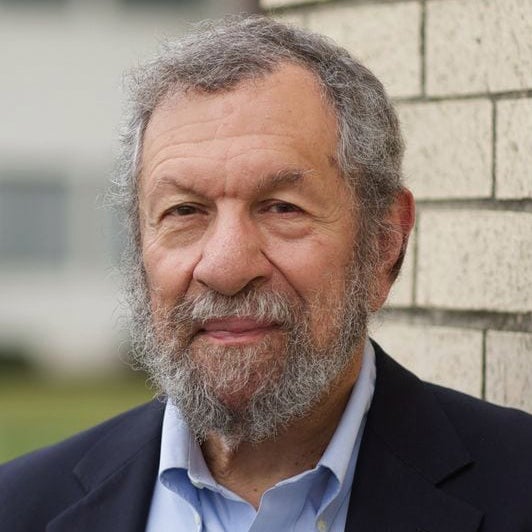
Alan Mallach
Senior Fellow, Center for Community Progress
Coauthor, Regenerating America’s Legacy Cities
The zoning of America’s suburbs, resulting in a suburban landscape dominated by large single-family houses on large lots and by vast areas—often largely vacant—zoned for industrial and office use, has fostered an auto-dependent pattern of widely dispersed population and employment centers which in turn has led to increased emissions from vehicular travel, as well as from energy use for lighting, heating, and cooling. It has also curtailed housing production, exacerbated housing affordability problems, and led to millions of lower-income workers making long daily treks from urban centers to suburban jobs. Solutions are straightforward, and do not require undoing single-family zoning. State zoning statutes should require municipalities to allow accessory apartments and structures in single-family zones wherever feasible from a health and safety standpoint, permit multifamily housing along commercial corridors and in industrial or office zones, and rezone bypassed vacant parcels, of which dozens exist in nearly every American suburb, for multifamily housing. Higher residential densities along corridors and in mixed-use clusters will, in turn, vastly increase the opportunities for cost-effective, efficient transit solutions. Increased and diversified housing options in already largely developed suburbs will address unmet housing needs and reduce the pressure for further outward expansion of metros, making the suburbs themselves more sustainable in the face of demographic shifts, changing housing demands, and future climate shocks.

Sivan Kartha
Senior Scientist, Stockholm Environment Institute
Advisor, Lincoln Institute Climate Program
A survey across 64 countries estimated that forests held collectively by indigenous peoples and forest communities contain approximately one trillion tons worth of carbon dioxide, equal to more than three decades’ worth of global emissions from fossil fuel use. These lands are also among the world’s richest in biodiversity and home to vital freshwater resources. However, those living in these forests often lack formally recognized land rights. Forest-rich countries generally have colonial legacies, in which land and resources were seized at the expense of local communities. Centuries-old property rights and land tenure regimes originally set up for taxation and extraction persist, contributing to the continued degradation of forest resources. A growing body of research shows that when land rights are formally recognized and legally safeguarded, indigenous peoples and local communities can protect common resources through informal practices and collective action that prevent deforestation, preserve biodiversity, and protect ecosystem services such as soil enrichment and watershed health. Imposing conventional private property regimes, on the other hand, can cause new problems, triggering land speculation and clashing with local cultural norms. Establishing secure land tenure rights for indigenous peoples and rural communities can help preserve the world’s declining forest resources, while safeguarding the livelihoods on which their hundreds of millions of residents depend.
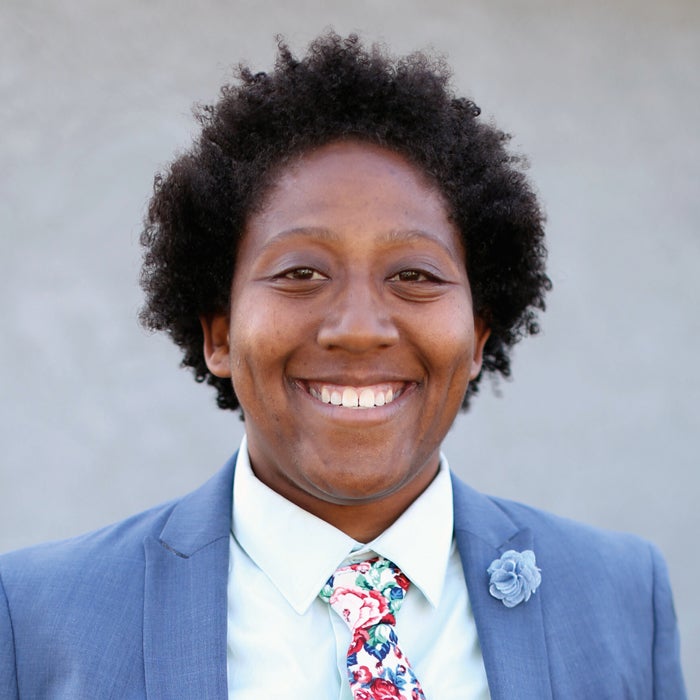
Tamika Butler
Built Environment and Equity Consultant, TLB Consulting
Guest Speaker, Big City Planning Directors Institute
My hope for 2021 is that the increased attention, conversation, and resource allocation directed toward fighting racism, white supremacy, and anti-Blackness will not disappear with the flip of a calendar page as people push toward “getting back to normal.” Just being better than it is now shouldn’t be enough. As a Black person, I could look at the statistics and know that the old normal meant my life was expendable. As a Black person, I also know that in this new normal, I can look at any statistic about COVID-19, hate crimes, or environmental racism and see that my life is still expendable. Beyond not being good enough, “getting back to normal” will not meaningfully impact climate change. Instead, I hope that those in power examine who they are listening to and funding when it comes to land-based solutions. The ideas, solutions, and pursuits of fighting climate change with land-based solutions should focus on ensuring that we listen to Black people, Indigenous people, and other racialized people and members of historically oppressed groups who have long been leaders in climate change, sustainability, and serving as protectors of humanity. All climate change solutions should center the idea that in 2021 we must stop the killing of Black people, Indigenous people, and other people of color.
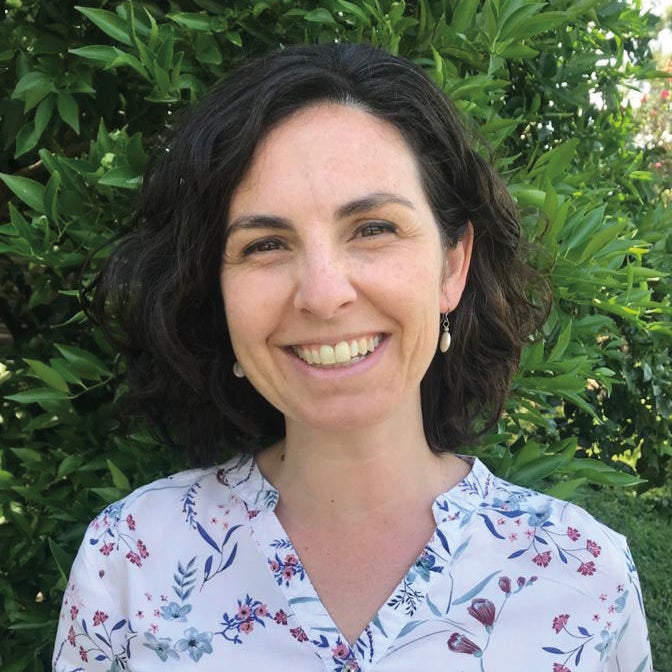
Melinda Lis Maldonado
Lawyer, Matanza-Riachuelo River Basin Authority, Argentina
Instructor, Lincoln Institute, Latin America and the Caribbean
The implementation of development charges with environmental components would have a meaningful impact on climate change. These are building or urban permits that consider water and vegetation aspects as requirements to exercise basic or additional building rights. To illustrate the last case, in exchange for increasing density, adding land for green urban spaces could be an additional charge. These urban planning tools could finance climate change adaptation and mitigation, because they could generate, at the local level, resources to finance conservation or the implementation of green and blue infrastructure in private or public spaces. Nature-based solutions would be prioritized. Nature can provide more affordable long-term solutions and more benefits to humans and cities than solutions that only use gray infrastructure. At the same time, such solutions can function as mitigation and adaptation measures. These requirements would typically be fulfilled in the same place where the building occurs, in the form of sustainable drainage, reforestation, or green space. In some exceptions, they would involve financing green infrastructure in another place. Attaching environmental conditions to building rights would take different forms according to local climate change effects and the magnitude of the urban development project. Urban planning, law, and private property regulation have an important role to play in facing climate change.

Frederick Steiner
Dean, University of Pennsylvania Stuart Weitzman School of Design
Coeditor, Design with Nature Now
While we work on enacting effective policy, we need to change our hearts and minds about climate change and adjust how we live accordingly. Everyone reading this would make a list of 365 personal activities that contribute to climate change and make a commitment to replace them, one each day, with an action to mitigate or adapt to climate change. By sharing their pledge on social media, they could encourage their family, friends, and followers to do the same. Each of these actions ties back to land, water, and energy. For example:
using a copier planting a tree
building a patio digging a garden
driving a car taking a walk
complaining about politicians calling and emailing representatives
ordering a book online visiting a local bookstore
buying imported produce growing a tomato
dropping off dry cleaning learning to iron
grilling beef eating a cricket
flying to a conference organizing a Zoom
turning on the air conditioner opening a window
cutting the grass planting native flowers
upgrading your cable watching birds
and so on for another 353 days.

Astrid R. N. Haas
Policy Director, International Growth Centre
From a governmental perspective, implementing land-based solutions in my own country, Uganda, is inherently challenging. In part this is because our Constitution, and all subsequent legislative instruments pertaining to land, unequivocally vest land in the people. In addition, Uganda has multiple coexisting tenure systems, yet limited administrative capacity to delineate each of them or document ownership. This situation means the government’s ability to implement land-based solutions, which unlock public value, is extremely limited. It is within this context that in 2021 I would therefore pursue land readjustment as an entirely practical approach and the most viable land-based solution. Particularly within urban areas, this tool [a model in which landowners pool their properties to accomplish a redevelopment project] has enormous potential. For example, working at a local level, it would be possible to determine land tenure and ownership and elicit community buy-in to pool parcels for more densified development. There is growing evidence that denser cities are greener and more climate efficient. Therefore, this solution would not only have a significant impact on the efficiency of how Ugandan cities could be managed, particularly with regards to public service provision, it would have a meaningful impact on climate change as well.
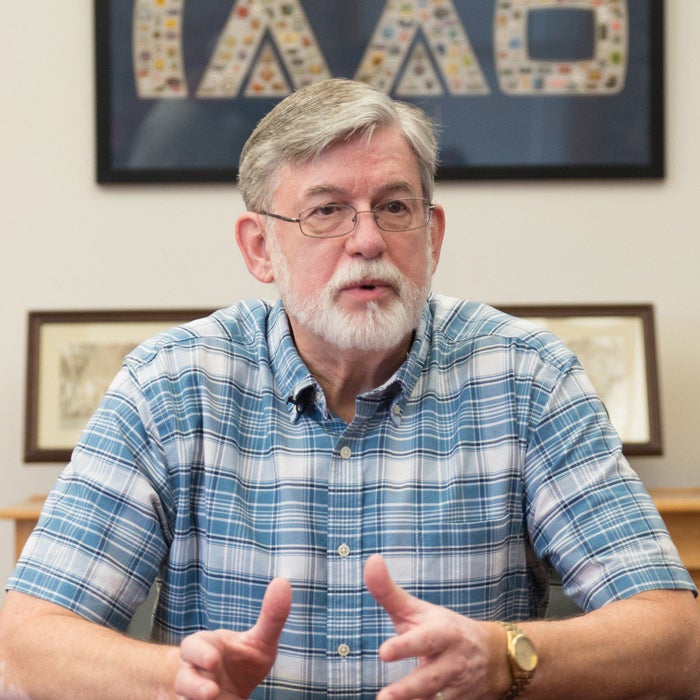
Larry Clark
Director of Strategic Initiatives, International Association of Assessing Officers
I am an appraiser with 40 years of experience working in three local jurisdictions, writing articles, lecturing, and teaching mass appraisal in many parts of the United States and the world. My association with people from many parts of the world has given me an appreciation for the issues surrounding climate change. One of the realities of climate change is that water resources are poorly distributed among our 50 states. Climate change exacerbates that situation by causing droughts in one part of the country while the warmer atmosphere brings soaking rains and floods to another. Therefore, my wish would be for the development of a nationwide network of reservoirs and distribution systems to collect and redistribute precipitation nationally. It would require an effort similar in scope to the federal highway system begun under President Eisenhower, and should be governed by a regulatory body that prioritizes humanitarian needs above those of agriculture and commerce. Collection systems should be sited in areas of current and anticipated future flooding, as well as natural runoff, to feed into reservoirs for later distribution into municipal water systems where it is needed.

Forster Ndubisi
Professor of Landscape Architecture and Urban Planning, Texas A&M University
Author, Ecology in Urban Design and Planning
Climate solutions require us to fundamentally rethink our ethical relations to the land. I propose that we initiate the process of critical reflection on our ethical obligations to the land and adopt a place-based ecocentric ethic (PBEE) as one climate solution in 2021. The adoption of PBEE via lifelong immersive education stipulates the ethical behavior and moral obligations that designers and planners should adhere to in addressing climate challenges. PBEE is based on the interdependency between people and biophysical [nature] processes, in which each depends on the other for continued existence. Human interactions with natural processes will necessarily result in the degradation of natural resources and processes [natural capital] to a certain degree, including landscapes that provide vital ecosystem services. By implication, PBEE confers the moral imperative for preserving natural capital when feasible; conserving natural capital when a justifiable degree of use is demonstrated; replenishing natural capital through active restoration of degraded ecosystems; minimizing the extent of human footprint; reducing carbon usage; and actively embracing environmental stewardship. To combat climate change effectively, PBEE employs ecological knowing as a process for understanding the interdependency between human and natural ecosystems. In turn, ecological knowing works best by using a coupled system-design thinking process and participatory collaboration in creating climate mitigation and adaptation solutions.
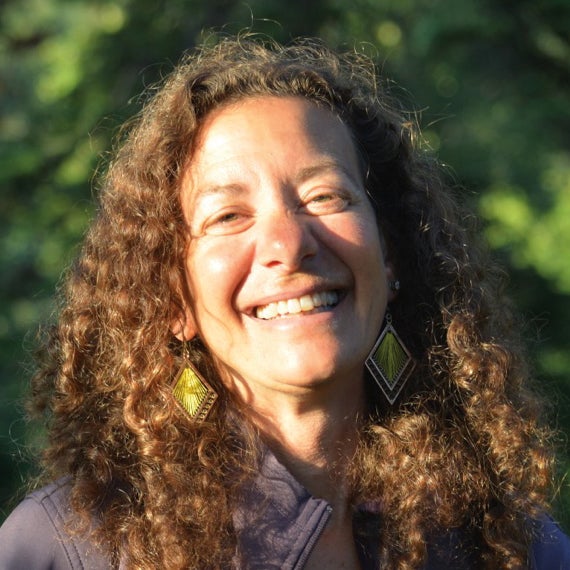
Robin Bronen
Executive Director, Alaska Institute for Justice
Steering Committee, Climigration Network
Return stolen lands to Indigenous Peoples and erase the borders and boundaries that divide and separate the ecosystems upon which we depend. Indigenous Peoples have conserved the biodiversity of this planet for millennia. The one-fourth of the Earth’s land occupied by Indigenous Peoples coincides with 40 percent of the natural areas protected and territories that remain undamaged. According to studies undertaken by the World Bank, these territories hold 80 percent of the planet’s biodiversity. In the United States, settler colonialism created the legal and institutional structures that forcibly removed and relocated Indigenous populations from their traditional lands and recast Indigenous Peoples’ land as property and as a resource. Repatriating land to Indigenous Peoples, as the original stewards of these lands now known as the United States, helps to rectify this injustice. Removing the social construction of boundaries and borders that artificially divides land and erasing these invisible lines ensures that the ecosystems and biodiversity upon which humanity depends can thrive as the climate crisis transforms the web of life.

Cintia Fernandes
Lawyer for the Municipality of Curitiba, Brazil
Instructor, Lincoln Institute, Latin America and the Caribbean
Considering the socioeconomic impacts of the COVID-19 pandemic, both local and metropolitan solutions are necessary to prevent unwanted impacts on the environment, such as pollution, garbage accumulation, and reduction of green areas. Cities must have connectivity, systemic thinking, and metropolitan sustainability. Cities must implement both a circular economy and circular taxation, strengthening real estate and environmental taxes in order to permit swifter, more effective and efficient local responses. These systems may also result in less corruption, a better quality of life, and the mitigation of climate changes. Aiming to achieve this, we propose a circular tax, an intelligent fiscal tool for the construction and development of cities and metropolitan regions. This entails the strengthening of real estate taxation (property tax, taxation differentiated by use and location, betterment tax) and of environmental taxes (garbage collection and recycling fees, tax on metropolitan environmental threats, application of the polluter pays principle). A circular tax would strengthen planning and sustainable urban management and is a land policy that can help preserve the environment.
Photograph: Aerial view of a solar power station in Germany. Credit: Bim/Getty Images.
Related
 Land Matters Podcast: In First of 75th Anniversary Shows, An Interview with Bill McKibben
Land Matters Podcast: In First of 75th Anniversary Shows, An Interview with Bill McKibben